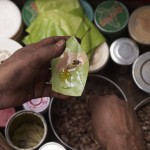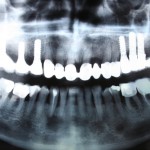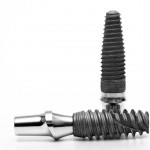Dominic Hurst
Dominic has a background in primary dental care having worked in private dental practice, community practice. He is now a clinical lecturer in adult oral health at Queen Mary, University of London. He holds an MSc from the University of Oxford in Evidence-Based Healthcare and is now a DPhil student at Oxford trying to understand how research knowledge might be encouraged to diffuse into general dental practice.




